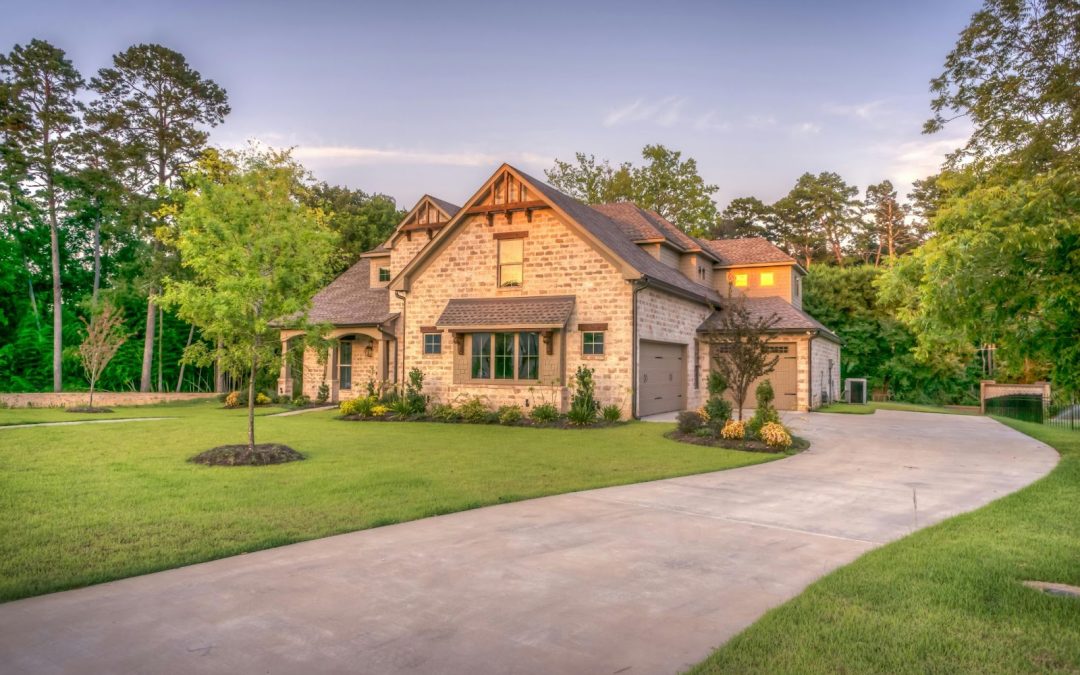Not all houses/apartments require the same maintenance. But there are precaution measures every property owner (even a renter) should take to create a living space that meets their needs.
The following article discusses the why and how (to enjoy) behind regular house maintenance.
Proactivity Is Key
The two reasons you should not postpone or avoid home maintenance tasks are functionality and aesthetics. It is much more appealing to live in a space that looks nice and is suitable for every member of the household.
Things like dampness and mold not only degrade the look of properties but can also cause many health issues to people exposed to them for a long time. Damaged roofs, floors, and stair rails could be hazardous to your family’s physical safety.
A Well-Maintained House Worth More
Regular home maintenance preserves or even increases the value of your property. Some people, entering the empty nesters phase, realize the family home is too big for them or want to save on utility and maintenance costs, so they decide to sell it.
In those scenarios, people who have invested in house maintenance over the years can expect a good value on their house, as opposed to those who didn’t have time, finances, or interest in doing it.
When someone inspects a property, interested in buying it, they will examine each segment closely. So even if the interior is in great shape, if the garden or exterior of the house, like gutters or drainage holes, are neglected or poorly maintained, the interested party might back out.
If possible, make a yearly home maintenance plan and stick to it. Even for those living on a budget, there’s always a task that requires no financial investments but your time and patience, such as trimming the plants, pruning bushes and trees, and organizing spring cleaning.
Regular Maintenance Is a Cost-Effective Option
Seasonal property inspections enable you to detect and fix damages while they are at their early stage, spending less time and money. As with our health, prevention is key to keeping your house vital.
The most affordable option is when you can do the maintenance tasks independently. But bear in mind that you are not trained for some things, so it’s better to contact professionals. With a bit of research, you can find reliable service providers offering gas safety checks and roof, plumbing, and electrical installation assessments.
Each Season Comes With Specific Tasks
House maintenance is an ongoing—some may agree—a life-long process. While one group of house owners finds it tedious and exhausting, another approaches it with joy. Why? It may not be visible at first glance, but these tasks can be creative and good for physical and mental health because they resemble physical activity.
Here’s how to keep your house in order and enjoy the process.
#1 Seasonal cleaning
Vacuuming, dusting, and mopping the floors don’t sound like fun activities. But there’s more to seasonal cleaning than broom and dust cloths.
Transitioning from winter to spring or autumn to winter means rearranging the closets, which many people enjoy doing. It also includes implementing details appropriate for the upcoming seasons, adding to your interior aesthetics.
#2 Inspecting the windows, doors, and walls
Spring and autumn are ideal for checking the condition of wooden elements, such as windows and doors. You want to ensure low/high temperatures and precipitation don’t cause damage or initiate rotting. You should also check the wall insulation, including the signs of dampness, and react if necessary.
Once you resolve major issues, you can engage in DIY projects like painting walls, windows, and doors. It’s a task that will keep your body moving, help you relax, and awaken your creativity.
#3 Gardening
Preparing your backyard for warm months is rarely an unloved process. Okay, it has some boring parts, like washing the furniture, cleaning pathways, or mowing the lawn. But planting, following the development, maintaining flowers, trees, and bushes, arranging the seating area, and purchasing details like cushions are exciting.
As said in the beginning, a house must be safe and functional for people (and their guests) living there. We listed the fun stuff, but it’s important to remember that these come once you check for damage and resolve significant issues. Prioritization and consistency are the keys.

Recent Comments